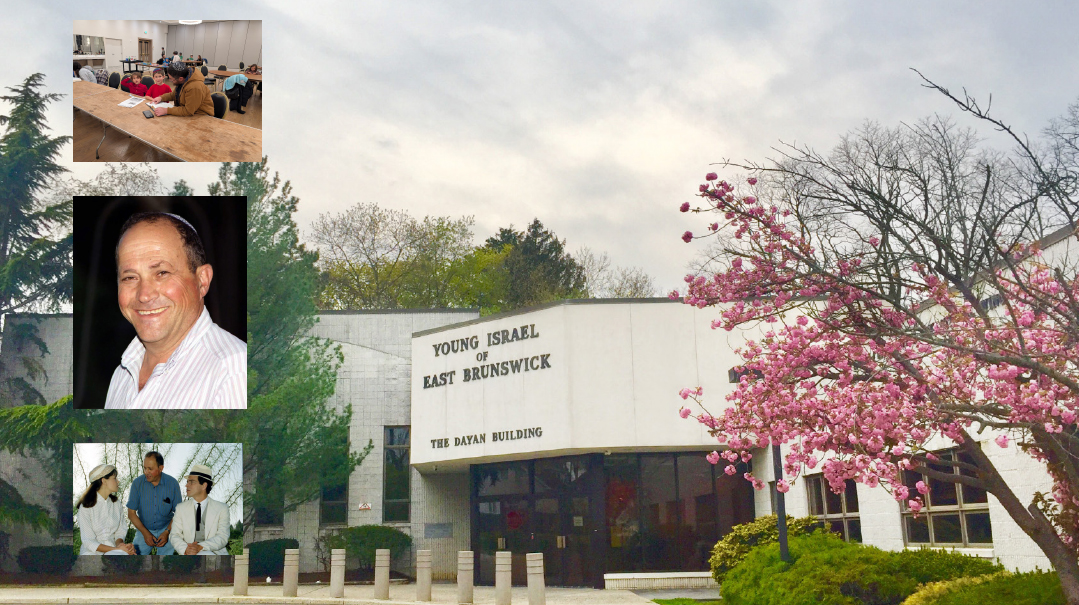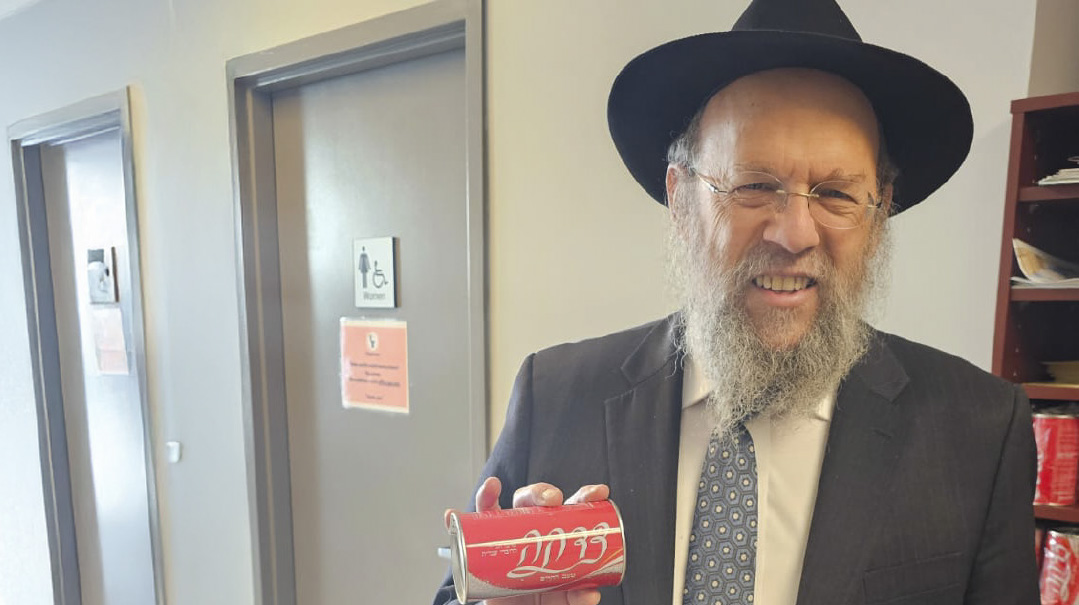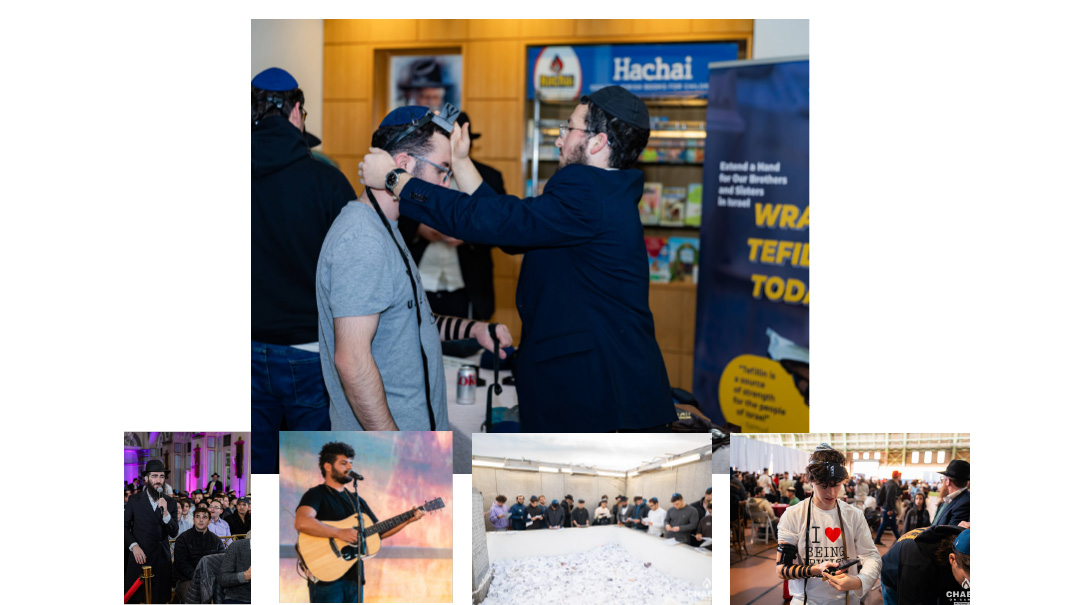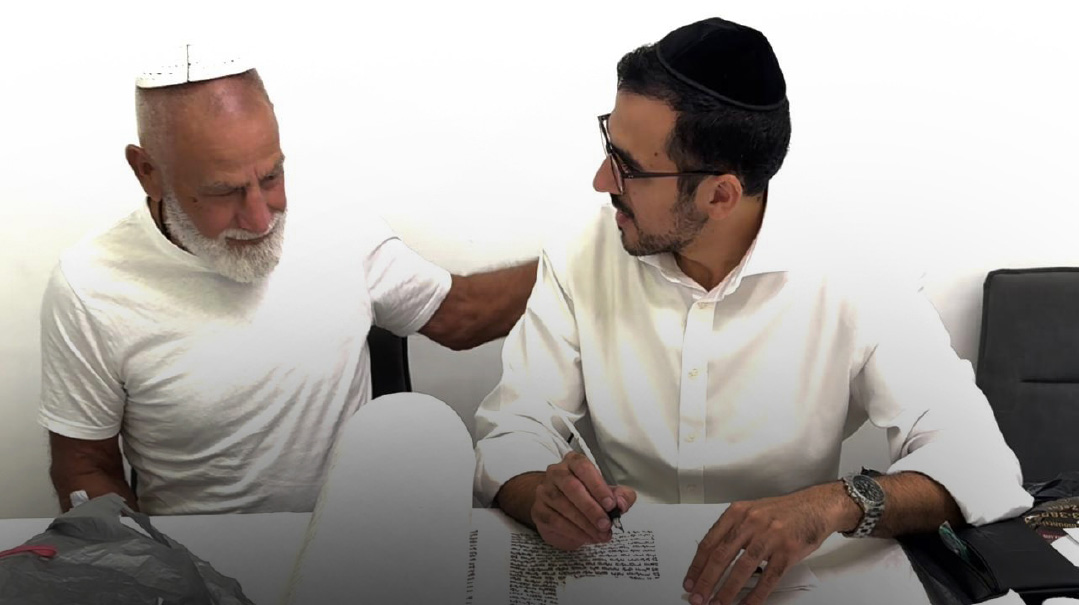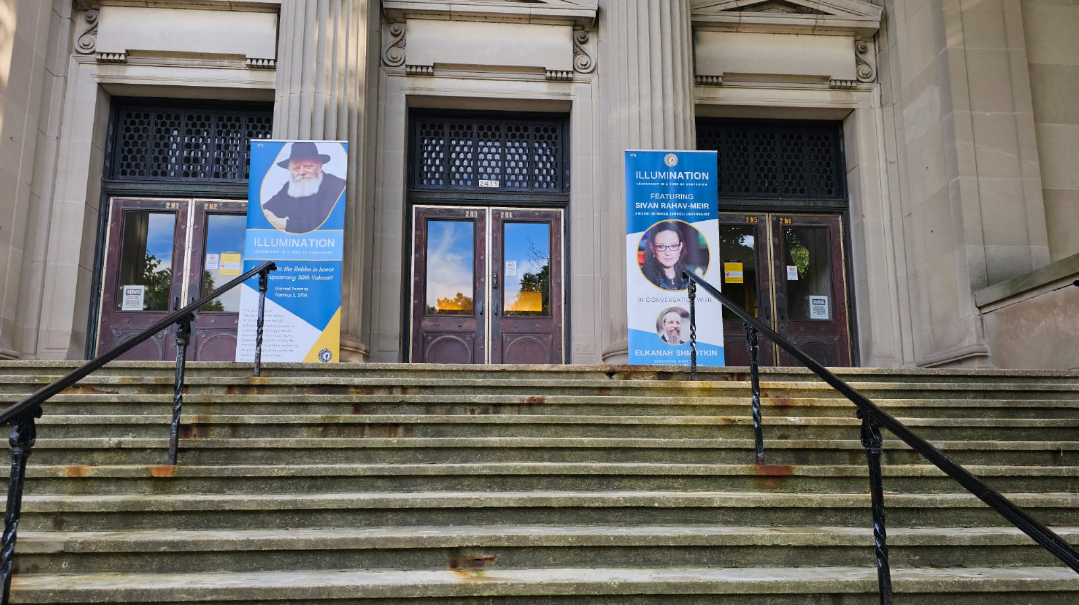Never Too Late
| August 27, 2024Sivan Rahav-Meir finds common ground wherever she lands

Where: Antwerp, Belgium
Who: The GO JEWISH Shabbaton, an annual kiruv event for 300 young Jews from across Europe
My takeaway: Amidst the clamor of global headlines, what truly matters, and will ultimately shape our future, is unfolding far from the public eye
There are times when you can grasp the intensity of a Shabbos by the Havdalah that comes at its close. That’s how many of us felt at the GO JEWISH Shabbaton in Antwerp, Belgium, earlier this year.
After making Havdalah, singer Avi Miller, who had flown in from Israel for the occasion, sang one last song and began packing up. The crowd, however, was in no hurry to leave. Avi sang another song and another, yet the participants, reluctant to part ways, urged him to continue. We stayed for over an hour, singing fast-paced numbers interwoven with slower, moving songs, in what became an impromptu kumzitz.
I first received an invitation to Europe’s biggest shabbaton four years ago, in 2020, from the organizer, a Jewish native of Amsterdam by the name of Eldan Santcroos. But then COVID-19 hit, shelving all plans for this annual chizuk event for young Jews from across the continent.
Over the years, Eldan stayed in touch, optimistic that the Shabbaton would take place at some point, and he was right. Despite the war raging in Gaza and the accompanying global surge in anti-Semitism, the event was revived with even greater energy than before.
Hundreds of young Jews, including many university students, registered for this Shabbos of chizuk, unity, and solidarity with Israel. Eldan booked an entire hotel in Antwerp for the large group, and, as I learned later, there were dozens more he’d been forced to turn away for lack of space.
I had the privilege of delivering four lectures, in Hebrew and English, to an audience that was bright and worldly, yet very unfamiliar with its own heritage. The program was packed and exciting, but what remains etched in my mind are a few moments on the sidelines.
On Friday night, after the seudah, Avi Miller was singing, accompanied by a chassidic choir. The participants formed a circle around him, joining in familiar tunes like “Am Yisrael Chai,” “Oseh Shalom,” and “Anachnu Maaminim Bnei Maaminim.” When Avi transitioned to the soulful Shabbos zemer “Kah Echsof,” repeating the words, “v’yiheyu rachamecha misgollelim al am kodshecha,” the atmosphere shifted.
I joined a circle of women, many of whom were university students from Amsterdam. I noticed the young woman to my right overcome with emotion, tears streaming down her face. The woman on my left, too, was teary-eyed. One of them asked me, in English, what the words of the song meant. I translated for her, and the others listened intently.
“It’s a holy song that is traditionally sung on Shabbos,” I explained. “We pray for G-d’s mercy to be upon us, His holy people, and that we may feel His compassion, love, and patience in guiding us.”
It struck me how these women, though unable to understand the words, had been literally moved to tears by the song itself. Their souls, it seemed, comprehended what their minds could not.
Another meaningful moment occurred in the lobby of our hotel on Friday afternoon. I noticed a young man holding a large, colorful children’s book. Assuming he was waiting to give it to a child, I thought little of it. However, during the festive Kabbalas Shabbos after lighting the candles, I saw him again, still holding the book.
Throughout the meal, he remained engrossed in it, reading slowly, page by page. His name was Edward, a 30-year-old accountant from Amsterdam. He had never received a Jewish education, never learned Hebrew, never visited Israel. Yet recent events in Israel and the broader Jewish world had awakened something within him.
Eager to learn, he had walked into a Jewish bookstore in Amsterdam and bought the most basic book he could find. With a smile, he showed me the cover, which read, “For ages 3 and up.”
“Just what I needed,” he said. “Thirty also falls into the category of ‘ages 3 and up.’”
Edward proudly showed me what he’d covered thus far, starting with Rosh Hashanah, shofar, and how to say, “Shanah Tovah.” Now up to Pesach, he carefully sounded out the words: Pesach, matzah, maror.
I asked him if he had ever heard of Rabi Akiva. He hadn’t. I told him about one of the greatest sages from the Talmud who, like him, had never received a Jewish education, and began learning not at 30, but at 40. Without shame, Rabi Akiva sat with small children learning first the alef-beis, then progressing to Chumash, and ultimately becoming the great Rabi Akiva.
“He taught us that it’s never too late to start,” I said. “Perhaps you will become Rabbi Edward!”
The students who lingered after every lecture, thirsting for more knowledge; the people who wanted to register but couldn’t due to limited space; the participants who stayed long after Havdalah, continuing to sing; the young women who wept over a Hebrew song they’d never heard before, and Edward, learning about Judaism from a book geared to three-year-olds — all are part of a much bigger story, a spiritual wave that is currently sweeping up many young Jews and bringing them back.
Sivan Rahav-Meir, Israeli television news presenter, was voted by the Jerusalem Post as one of the 50 most influential Jews in the world. Sivan began her media career at age six, interviewing for a kids’ news magazine and youth television. She became religious as a teenager, and has since been working for national media and teaching Torah through various platforms, including the weekly podcast "Sivan Says." Her inspirational “Daily Thought” is translated to 17 languages.
(Originally featured in Mishpacha, Issue 1026)
Oops! We could not locate your form.

